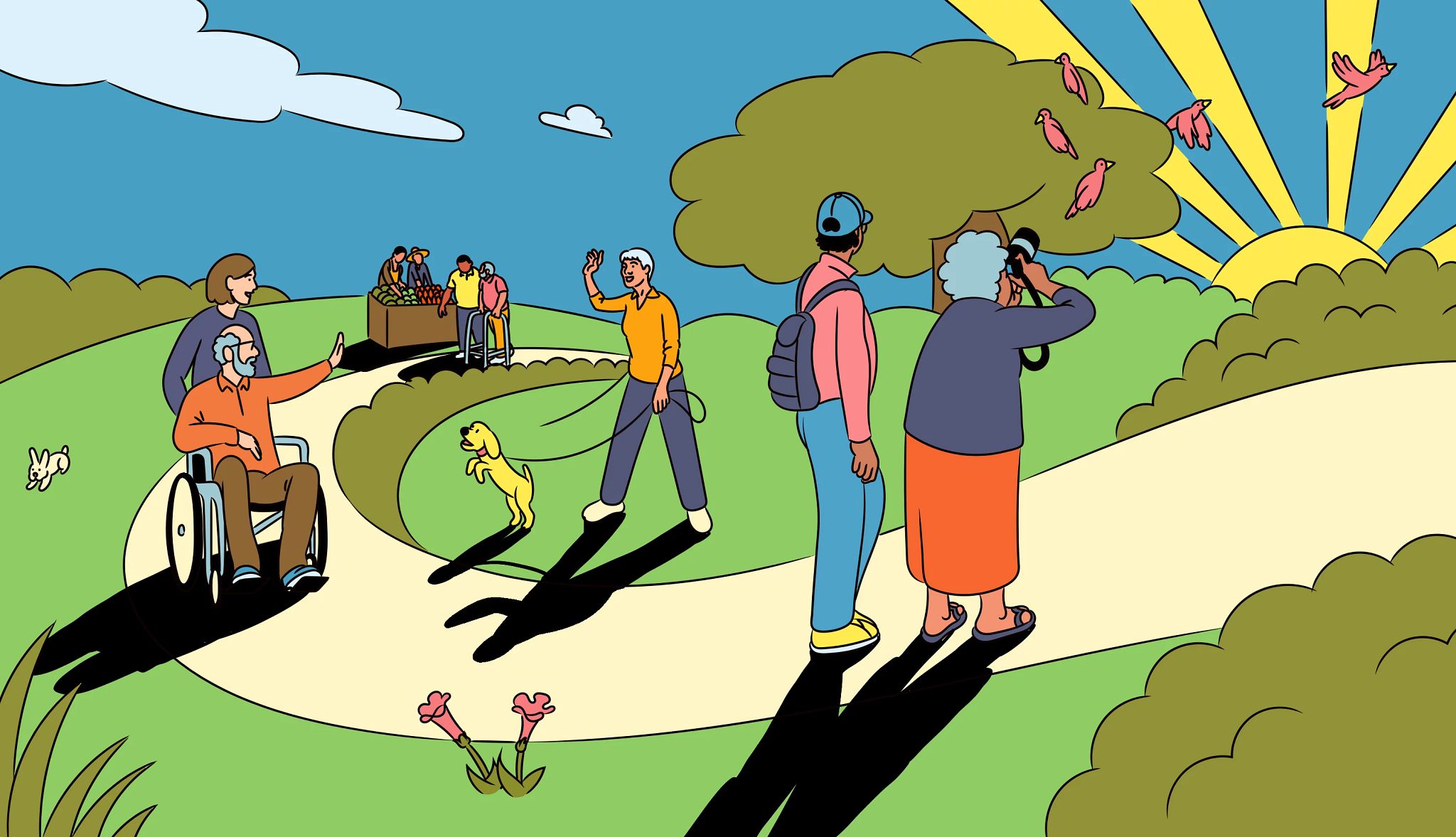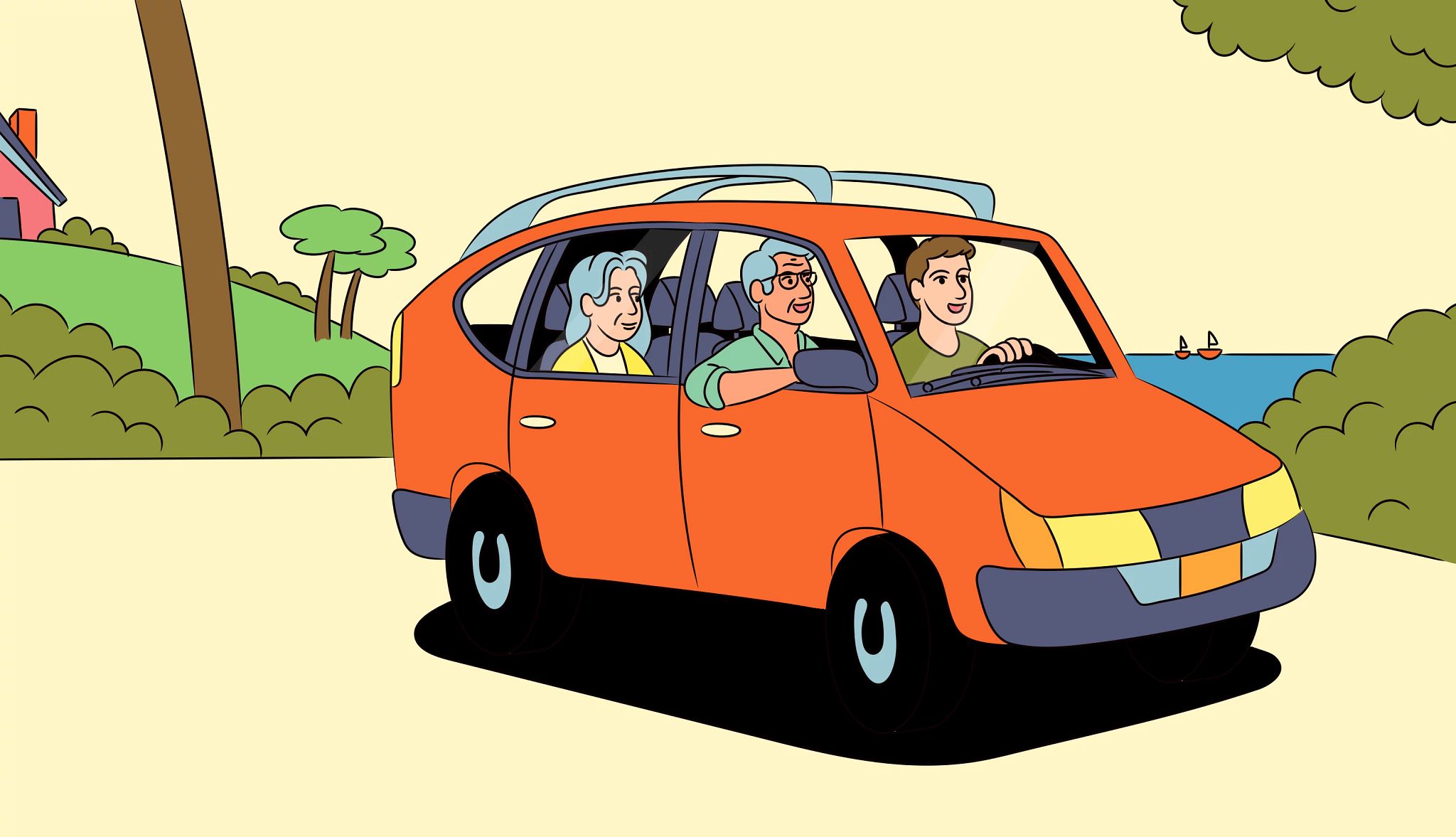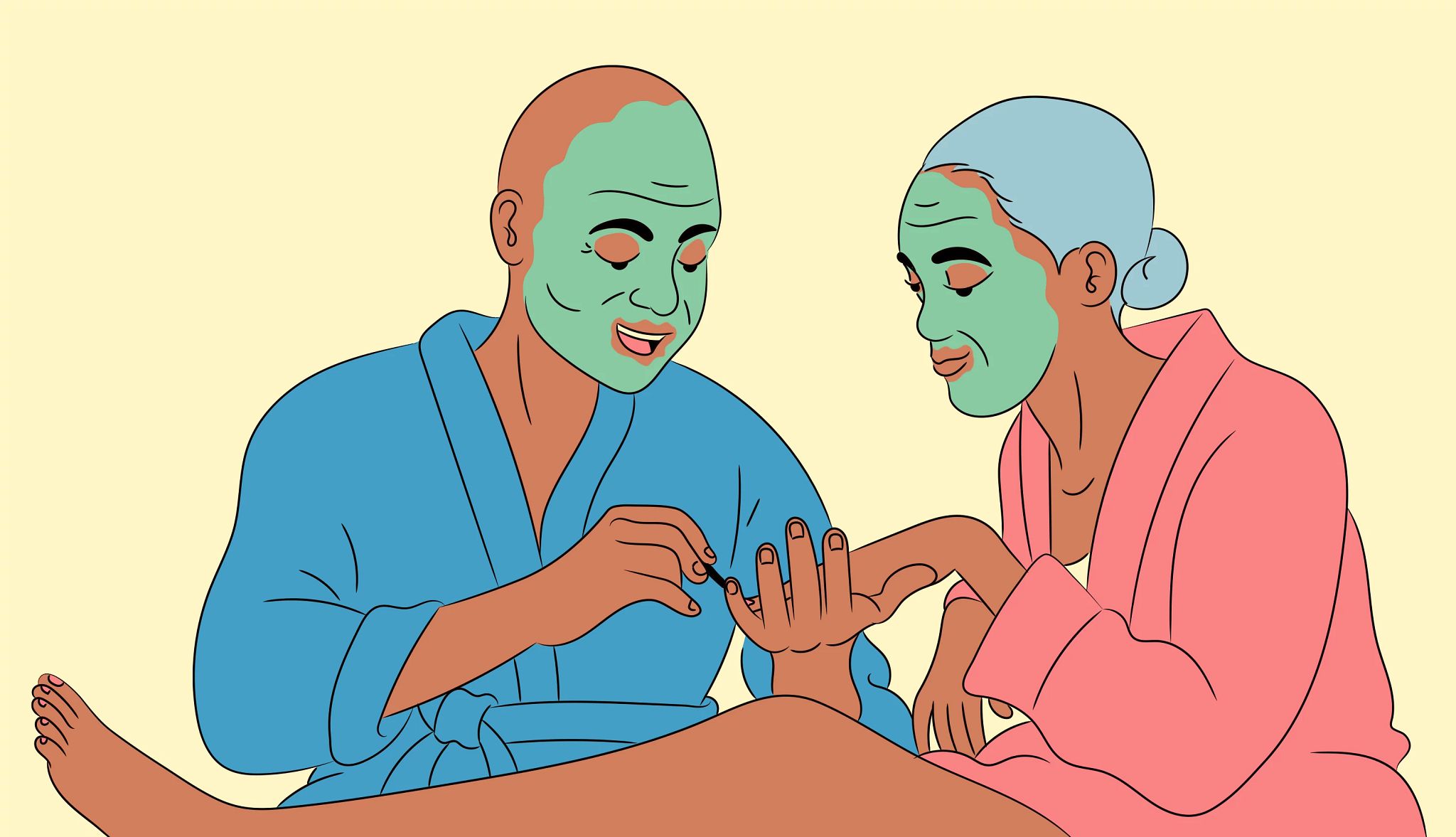AARP Hearing Center


Most of the chores that family caregivers do for their loved ones are crystal clear. Sometimes, it’s how much medicine to give and how often, getting to a doctor’s appointment on time, or feeding nourishing meals three times daily. But there’s one critical chore that sounds easy yet ranks among the most difficult: socialization.
Socialization is particularly critical as we age because it gives us a sense of belonging and purpose, says Linda Abbit, author of The Conscious Caregiver: A Mindful Approach to Caring for Your Loved One Without Losing Yourself. She says socialization helps older adults maintain their language skills and boost their physical and mental well-being.
“Being around others is good for our health,” says Donna Benton, director of the University of Southern California Family Caregiver Support Center and associate research professor of gerontology.
But beyond dropping your loved one off at the local senior center — or taking them to the mall for a walk — it can often be challenging to devise creative ways to keep older loved ones engaged and socialized, particularly if they are homebound. AARP reached out to five family caregiving experts for new ideas on how caregivers can aid the socialization process.
1. Develop projects to do around the house.
For Lois Kelly, it took a bit of creativity to figure out how to help her then-71-year-old husband Greg Matta (who was battling Parkinson’s disease) stay engaged at home. Matta, who formerly owned a fine wine store in Providence, Rhode Island, excelled at overseeing almost any project. So, his wife helped develop relevant projects for him to manage at home.
Join Our Fight for Caregivers
Sign up to become part of AARP's online advocacy network and help family caregivers get the support they need.
She hired the 20-something son of a neighbor to come to the house once or twice a week to work on home projects with Matta. One involved fixing an outdoor light fixture that had stopped working; another entailed planting new shrubbery; and another was installing a new doorbell. In each case, the neighbor’s son not only brought his handyman skills into the house but also was someone Matta could talk to about the job at hand and everything else, from world news to neighborhood updates.
“This gave my husband someone to look forward to and he felt good the day after,” says Kelly, author of Slow Loss: A Memoir of Marriage Undone by Disease.
Kelly paid the young adult $20 an hour. This project work continued for nearly two years and cemented a special friendship. While her husband wasn’t physically involved in any of the projects, she says, “He felt very involved and it was not cognitively passive.”
2. Hire a light housekeeper who is also a caregiver.
Kelly was very aware of the things that motivated her husband socially; one of those was having the company of a positive, engaging, younger woman. So, she hired a 40-something housekeeper who stopped by once a week. As far as her husband was concerned, she was a housekeeper. But Kelly knew she was also a trained caregiver who could monitor her husband’s well-being.
“It was a pretense,” says Kelly. “At that point, my husband insisted he didn’t want a caregiver, but I knew he needed socialization.”
The helper did chores like washing dishes, vacuuming and dusting, but most importantly, says Kelly, the regular, four-hour visits helped to lift her husband from his depression.
3. Embrace photo taking and sharing.
One of the more passive socialization options for older amateur photographers is to take photos of nature — or whatever interests them — and post on Facebook or Instagram. That’s what Kelly’s husband, Matta, did for a handful of years before he died at age 75. He particularly loved taking photos of the nature surrounding him and regularly took and posted pictures of birds, ducks and whatever wildlife was hanging out by the pond. “He received wonderful comments from people about his photography,” says Kelly, and the interactions always boosted his spirits.
4. Find a part-time actor.
Carol Levine used a particularly savvy method to help find like-minded company for her disabled husband, Howard, who was a huge fan of Broadway theater: she posted notes for help on bulletin boards at Broadway theaters.
She had no trouble finding actors or wanna-be thespians who, for a relatively small hourly fee, were only too happy to spend time at their home talking to her husband, a former public relations executive, about Broadway theater.




































































More From AARP
The Nonstop Juggle of Compound Caregiving
Ways to stay afloat when you are providing care for multiple people at the same time
A Caregiver’s Acceptance of a Loved One's Condition Isn't Giving Up
Dealing with hard facts can help caregivers face challenges down the roadExercising When You're Caring for Someone Else
How to make time for your own fitness needs